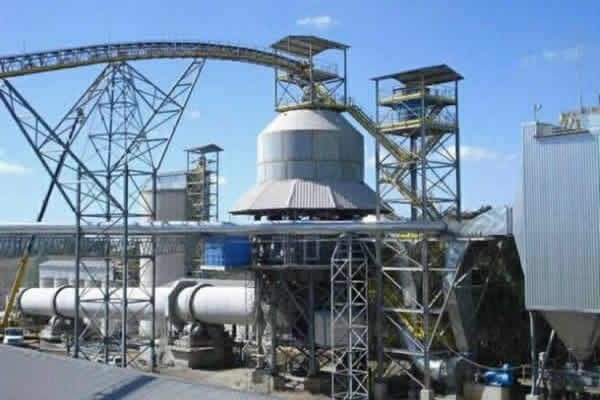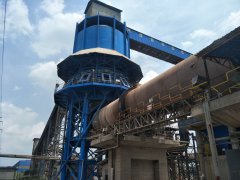Rotary Kiln for Limestone: Advantages, Process, and Principles
The rotary kiln for limestone is a commonly used equipment for the calcination of limestone, widely employed in industries such as metallurgy, construction materials, and chemical engineering. It is favored for its unique structure and efficient calcination process. The following is a brief introduction to the rotary kiln for limestone, covering its advantages, benefits, and the calcination process and principles.
Advantages and Benefits of the Rotary Kiln for Limestone:
1. High Thermal Efficiency: The rotary structure of the limestone rotary kiln allows for thorough heating of the materials inside, effectively utilizing heat energy and enhancing thermal efficiency.
2. Uniform Heating: The rotation of the kiln barrel ensures uniform heating throughout the limestone, ensuring consistency and efficiency in the calcination process.
3. Adaptability: The rotary kiln for limestone can accommodate various types and specifications of limestone raw materials, widely used in the production of different lime products such as active lime and quicklime.
4. Operational Flexibility: The operation is simple, and the speed and inclination of the kiln can be flexibly adjusted according to production needs, meeting various process requirements.
5. Energy-Saving and Environmental Protection: With advanced calcination processes, the limestone rotary kiln achieves high-efficiency production while reducing energy consumption, aligning with modern industrial requirements for energy conservation and environmental protection.
Calcination refers to the process of heating limestone at high temperatures to induce chemical changes, resulting in the production of active calcium oxide. The rotary kiln for limestone achieves this process through its rotating drum structure.
1. Feeding Zone: Crushed limestone particles are introduced into the feeding end of the rotary kiln, and the kiln begins to rotate.
2. Preheating Zone: Following the feeding zone, the limestone undergoes gradual heating and preheating, reducing the moisture content and enhancing the effectiveness of subsequent calcination.
3. Calcination Zone: The high-temperature calcination zone is crucial for the rotary kiln. Here, limestone undergoes decomposition reactions, generating active calcium oxide. The temperature during this stage is typically above 1200°C.
4. Cooling Zone: After the calcination zone, the produced active calcium oxide enters the cooling zone. Through the heat exchange between the inner and outer layers of the kiln, the material is cooled to a temperature suitable for further processing.
5. Discharge Zone: The cooled product is discharged from the outlet of the rotary kiln, becoming the final lime product.
In summary, the rotary kiln for limestone, with its advantages of efficiency, flexibility, and energy conservation, has become a crucial apparatus for limestone calcination. Widely utilized across various industries, it provides a stable and reliable source of lime products for industrial production.



